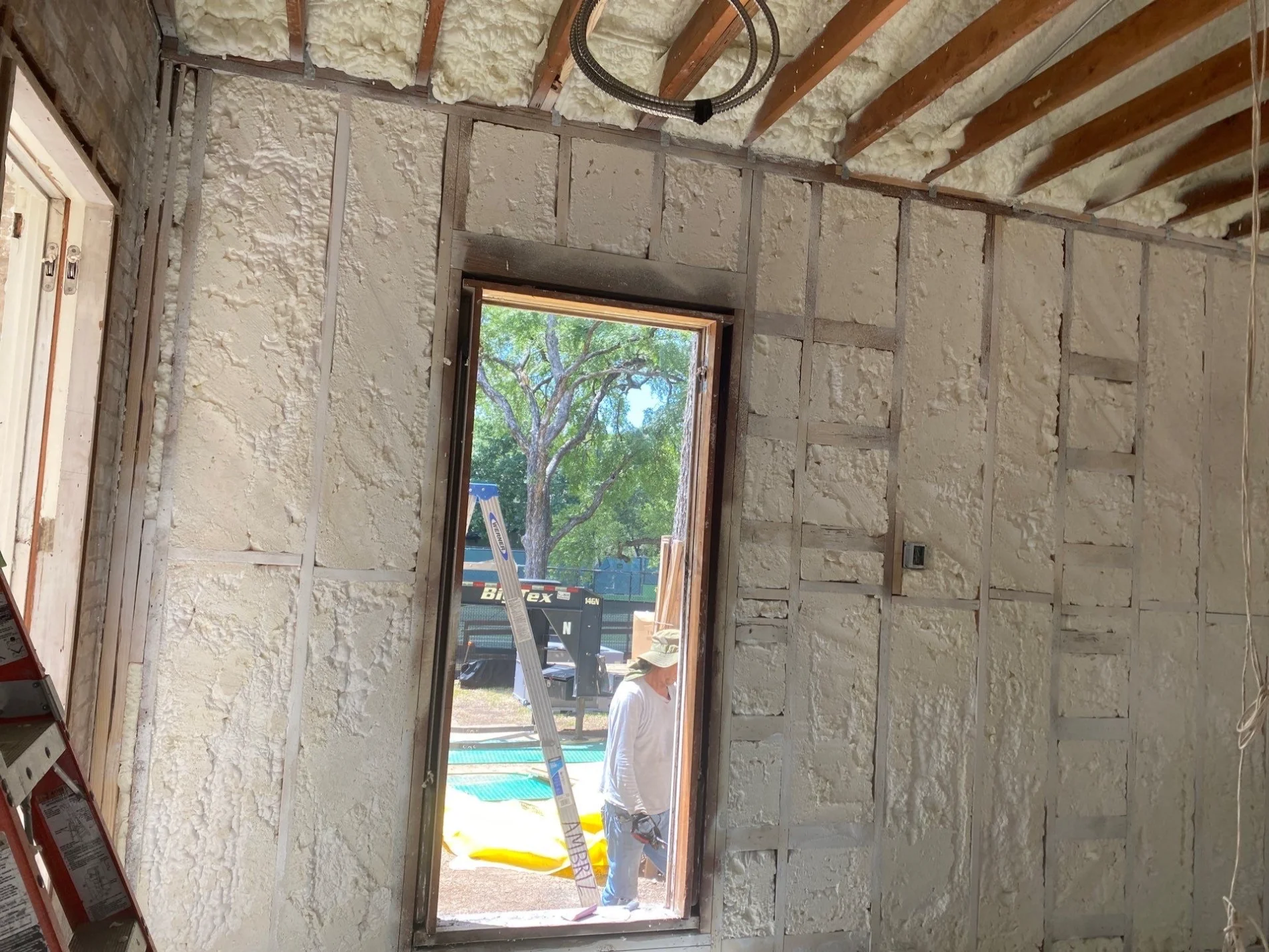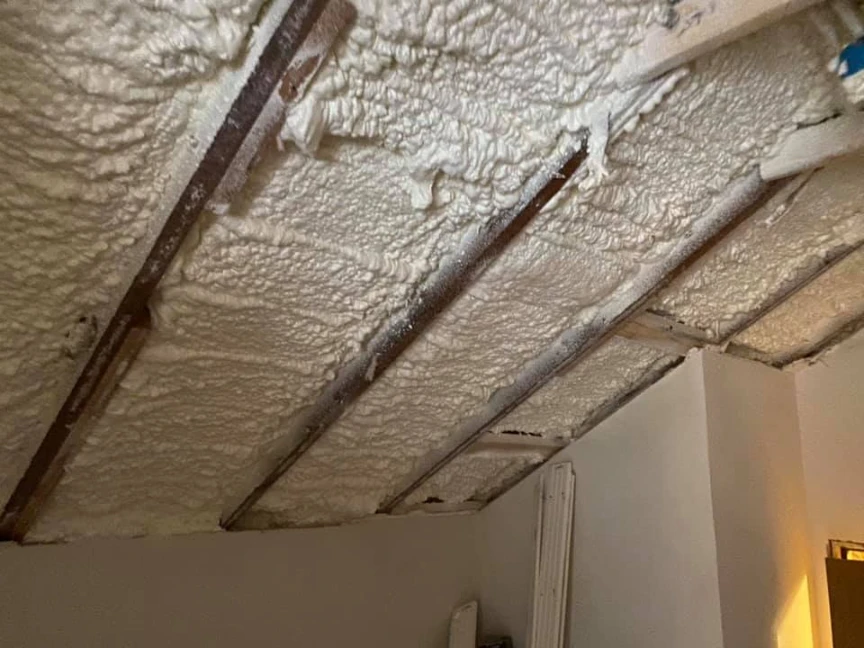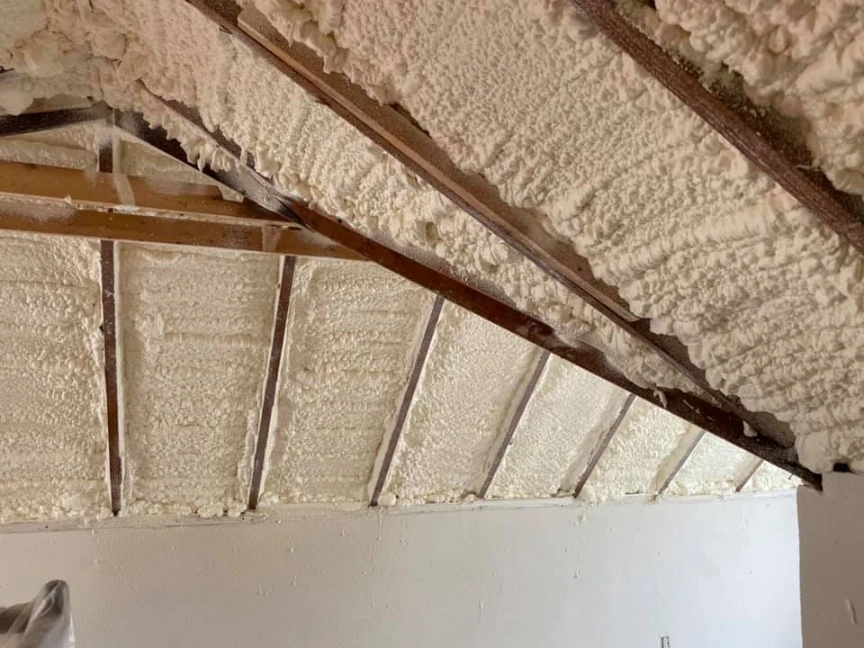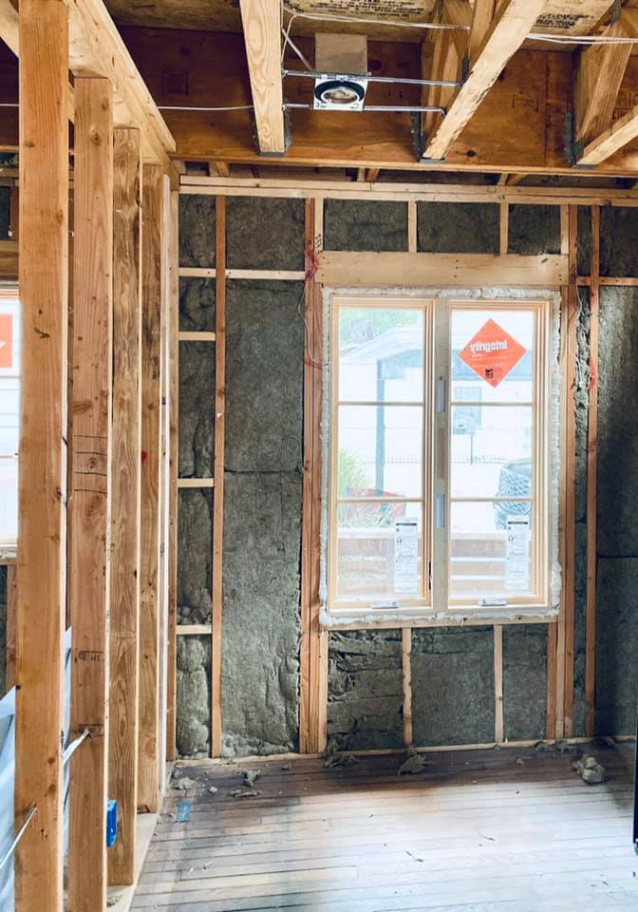Many property owners view insulation as a major expense, but this perspective often overlooks the complete financial picture. The affordability of insulation isn’t just about the initial price tag; it’s a calculation of long-term energy savings, available financial incentives, and the return on investment. When these factors are considered, upgrading insulation often becomes one of the most cost-effective property improvements available. The initial cost is frequently offset by significantly lower heating and cooling bills, with the project paying for itself over time.
This article breaks down the real costs and financial benefits of insulation, drawing from extensive field experience to provide a clear understanding of the investment. It will explore how different materials, government incentives, and energy savings contribute to making insulation a smart, affordable choice for both homes and commercial buildings.
Understanding the True Cost of Insulation
The sticker price for an insulation solution is only one part of the equation. The real cost is the upfront expense minus the long-term savings. A poorly insulated building is a constant drain on finances, with money essentially leaking out through the walls and attic. Proper insulation stops this energy loss, leading to immediate and ongoing reductions in utility bills.
According to the U.S. Environmental Protection Agency’s ENERGY STAR program, homeowners can save an average of 15% on heating and cooling costs by air sealing and adding insulation to their attics, crawl spaces, and basement rim joists. For many property owners, this translates to hundreds of dollars in savings each year, which directly chips away at the initial installation cost. The “payback period,” or the time it takes for the savings to equal the investment, is often much shorter than people think, sometimes just a few years.
A Look at Different Insulation Materials and Their Costs
The type of insulation material chosen has the biggest impact on the project’s total cost. There is no single “best” option; the right choice depends on the application area, budget, and performance goals. For instance, the needs of an open attic are very different from those of enclosed wall cavities.
| Material Type | Average Installed Cost (per sq. ft.) | Key Benefits | Common Application Areas |
|---|---|---|---|
| Fiberglass (Batts & Blown-In) | $1.00 – $2.50 | Widely available, cost-effective, good thermal resistance. | Attics, walls, floors, crawl spaces. |
| Cellulose (Blown-In) | $1.20 – $2.80 | Made from recycled paper, good air-sealing properties, fire resistant. | Attics, dense-packing in walls. |
| Spray Foam (Open & Closed Cell) | $2.00 – $7.00+ | Superior air barrier, high R-value per inch, moisture resistant. | Walls, roofs, rim joists, difficult-to-reach areas. |
Bonus Tip: Don’t just focus on the material cost. Consider the R-value, which measures thermal resistance. A higher R-value means better insulating power. The ideal R-value varies by climate zone, so choose a material that meets or exceeds the local recommendations for maximum energy savings.
Financial Incentives That Lower the Price Tag
Another reason insulation is more affordable than expected is the availability of tax credits and rebates. These programs are designed to encourage energy efficiency and can dramatically reduce the net cost of an insulation project.
The federal government often provides tax credits for energy-efficient home improvements. For example, the Inflation Reduction Act offers homeowners significant tax credits for upgrades like insulation. These credits can be applied directly against taxes owed, providing a substantial discount on the total project cost.
Beyond federal incentives, many state governments and local utility companies offer their own rebates. The DSIRE database, managed by the N.C. Clean Energy Technology Center, is a comprehensive resource for finding these local programs. These rebates can sometimes be combined with federal credits, further lowering the out-of-pocket expense.
Things to Consider Before Making a Decision
Before committing to a project, several factors should be evaluated to ensure the investment is sound and tailored to the property’s specific needs.
- Area of Application: Insulating an open attic is generally less expensive and complex than retrofitting existing walls. Prioritizing the areas with the most significant energy loss, like the attic and crawl space, often yields the best return on investment.
- Existing Insulation: What’s already there? Sometimes, new insulation can be added on top of existing material (a “top-up”). In other cases, old, damaged, or contaminated insulation must be removed, which adds to the project cost.
- Labor and Installation: While DIY can seem cheaper, improper installation can compromise performance and even cause moisture issues. Professional installers have the equipment and expertise to ensure the insulation is installed correctly for maximum effectiveness and safety.
Bonus Tip: Consider a professional energy audit before starting. An audit uses tools like blower doors and infrared cameras to pinpoint exact areas of air leakage and insufficient insulation. This data-driven approach helps you invest money where it will have the most impact.

Frequently Asked Questions About Insulation Costs
With these factors in mind, let’s address some of the most common questions property owners have.
How is insulation cost calculated?
The cost is typically calculated based on the square footage of the area being insulated. This price is influenced by the type and amount (R-value) of insulation material used, the complexity of the job, and labor rates. Any necessary prep work, like removing old insulation or making repairs, will also be factored in.
Does spray foam insulation pay for itself?
Yes, in most cases. While spray foam has a higher upfront cost, its superior performance as both an insulator and an air barrier leads to greater energy savings. Its durability and moisture resistance can also prevent costly repairs down the line, contributing to its long-term value.
Is it cheaper to insulate an attic or walls?
Insulating an attic is almost always cheaper and easier. Attics are typically open and accessible, allowing for faster installation of blown-in or batt insulation. Retrofitting walls is more labor-intensive, as it involves drilling holes and blowing insulation into closed cavities or removing drywall entirely.
Can adding insulation increase my property value?
Absolutely. Energy efficiency is a major selling point for modern buyers. A report from the National Association of Realtors often shows that insulation upgrades have a high cost-to-value ratio, meaning a significant portion of the investment is recovered at resale.
What is the average payback period for an insulation project?
The payback period varies widely based on climate, energy costs, and the scope of the project. For many attic insulation upgrades, the payback period can be as short as 2 to 4 years due to the immediate and substantial reduction in heating and cooling expenses.
Are there hidden costs I should be aware of?
Potential additional costs can include the removal and disposal of old insulation, especially if it’s contaminated with mold or pests. Repairing any existing moisture or structural issues before new insulation is installed is another possible expense. Always ask for a detailed quote that outlines all potential charges.
Making a Smart Financial Decision
Ultimately, insulation should be viewed as an investment, not just an expense. Its affordability becomes clear when you look beyond the initial quote and consider the monthly energy savings, the increased comfort and durability of your property, and the available financial incentives. By choosing the right material for your specific needs and ensuring it’s installed correctly, you can make a financially sound decision that delivers value for years to come. The best first step is to evaluate your property’s unique situation to determine where an investment in insulation will provide the greatest return.
As demand for cost-effective insulation solutions continues to rise, our team has recently expanded support across additional regions, learn more in our latest service expansion update.
Get a Clear Quote for Your Property
The best way to understand the true cost and savings potential for your property is with a professional assessment. A detailed quote can provide a clear path forward. To discuss your specific needs, contact Stellrr Insulation & Spray Foam for a no-obligation evaluation. You can reach the team by phone at (512) 710-2839 or by email at info@stellrr.com to get accurate pricing based on your property’s requirements.
Sources
- ENERGY STAR – An official U.S. Environmental Protection Agency (EPA) program that provides information on energy savings from sealing and insulating homes.
- Internal Revenue Service (IRS) – Provides official details on federal tax credits available for energy-efficient home improvements, including insulation.
- National Association of Realtors (NAR) – Publishes research on the value of home remodeling projects, including the financial return on insulation upgrades.





